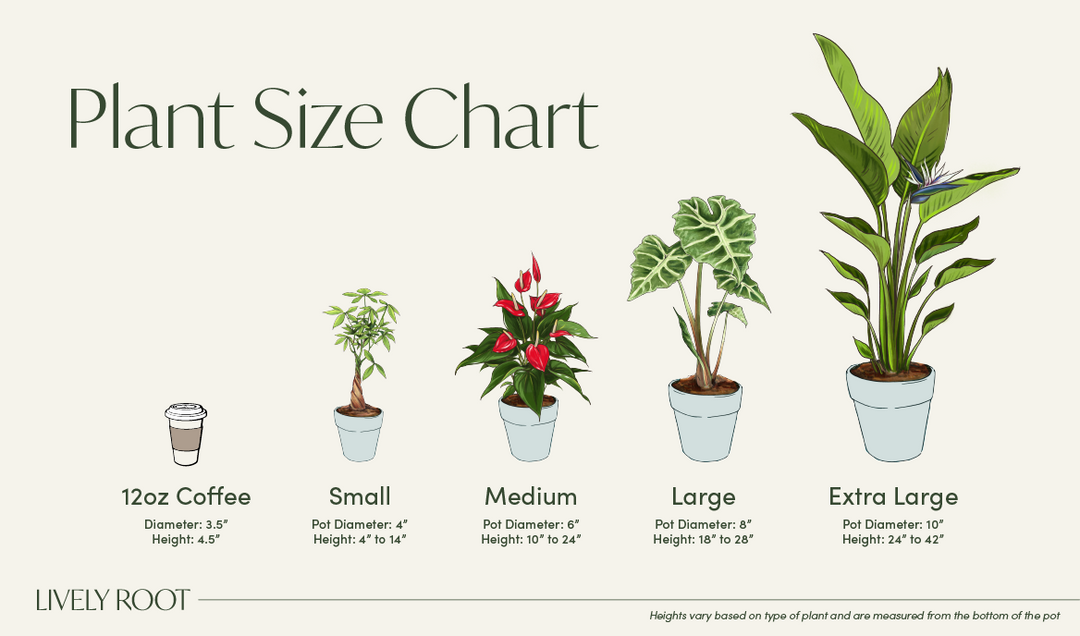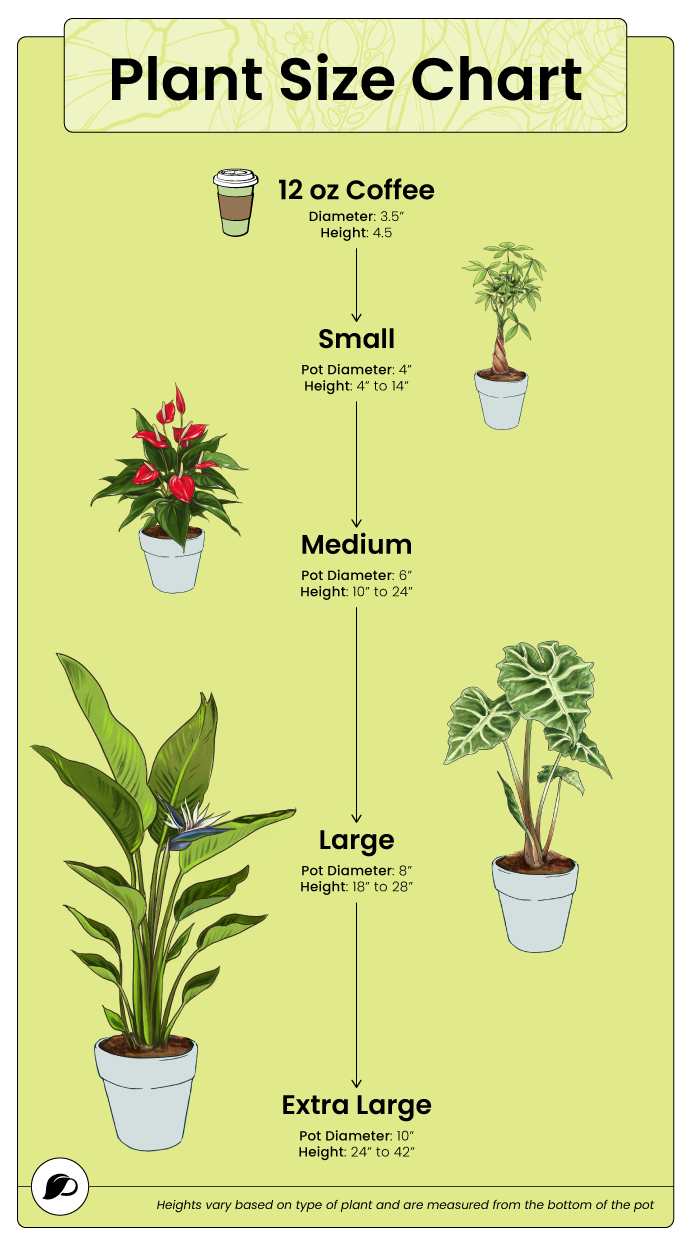Care Level: I'm Easy
Pet Friendly: Yes
Safe for pets
Origins: Southern Europe and Northern Africa
Fun Facts: Sometimes this he...
Sometimes this herb is planted closeby to a beehive since it contains so much nectar.


The scent of this lemon balm is delicious, and bonus, he is a natural fly and insect repellant. Grab a leaf or two and rub on cuts or wounds since it has antibacterial qualities until you can get a bandaid! Give him full sun and keep his roots consistently moist in well-draining soil.
Care Level: I'm Easy
Pet Friendly: Yes
Safe for pets
Origins: Southern Europe and Northern Africa
Fun Facts: Sometimes this he...
Sometimes this herb is planted closeby to a beehive since it contains so much nectar.

Full sun (6-8 hours)
Keep the soil consistently moist for the first two years until the plant acclimates and establishes its roots. Water when the ground becomes dry or during drought conditions.
This plant is used to low humidity levels in drier climates.
This plant tolerates heat.
Expect blooms from summer to fall on your lemon balm.
Add organic compost around the plant in the spring.
To transplant into a garden container or the garden bed, water your plant the night before. Dig the hole twice as wide as the grower pot and the same depth as the grower pot (not deeper). Remove the plant and center in the spot. Add rooting hormone around the roots of the plant. Water in the hole and let drain. If you have clay soils, add compost to enhance the soil consistency and keep it well-draining. Fill around the plant and up to the top of its soil line. Tamp down with your hands to remove any air pockets. Water again around the drip line.
After a full blooming period, trim the herb back by a third and use or dry to create a new flush of leaves.
Garden planting: Water your plant a couple of days before dividing and transplanting. Dig outside the dripline of the plant. Lift the plant out of the ground with a spade or shovel. Lay it gently on the ground with roots in tack. Use a knife to cut through the roots and divide the clump into sections for replanting. Transplant each clump by digging the hole no deeper than the root system and twice as wide. Center the transplant in the hole and add rooting hormone around the roots and water. Fill in around the plant with organic matter mixed with the native soil, careful not to cover it any more than the original plant. (This plant doesn't need fertile ground to flourish and it doesn't produce as many blooms and become floppy in fertile soil.) Water again well and monitor the soil moisture if it begins to dry.
Follow us @livelyroot & show us your #livelyroot plants

